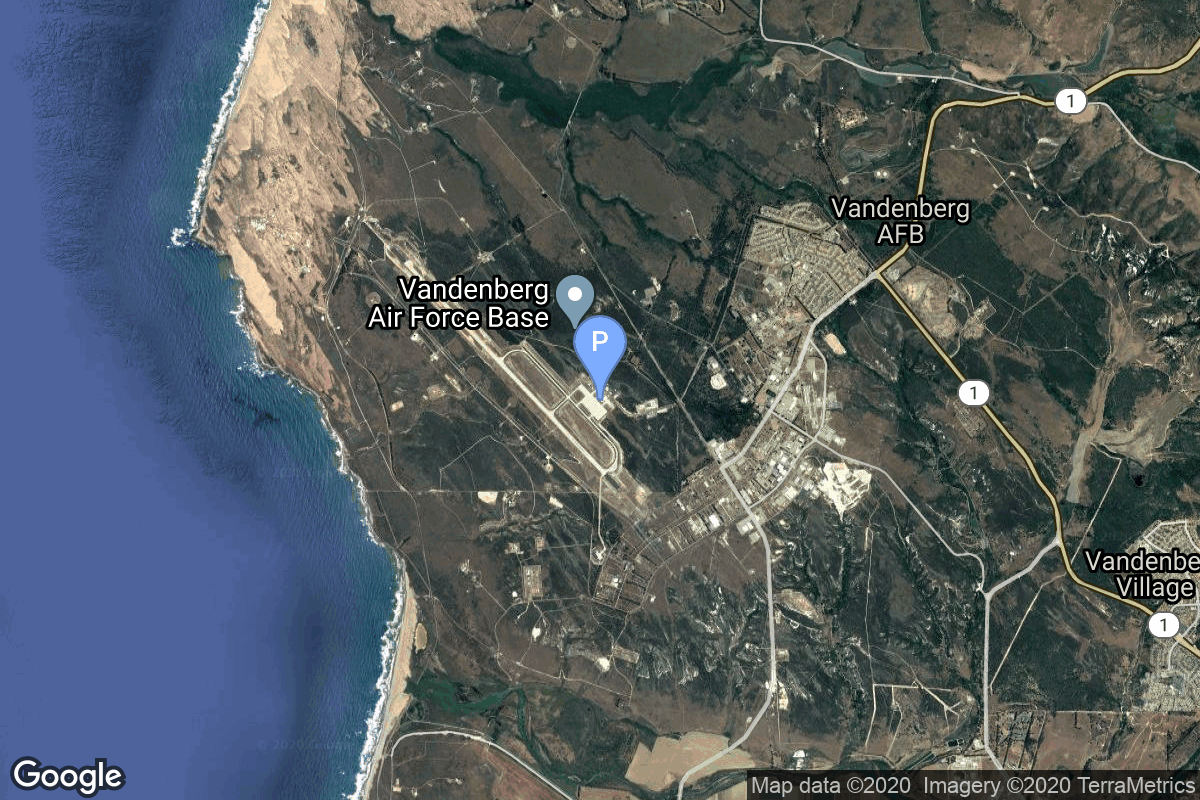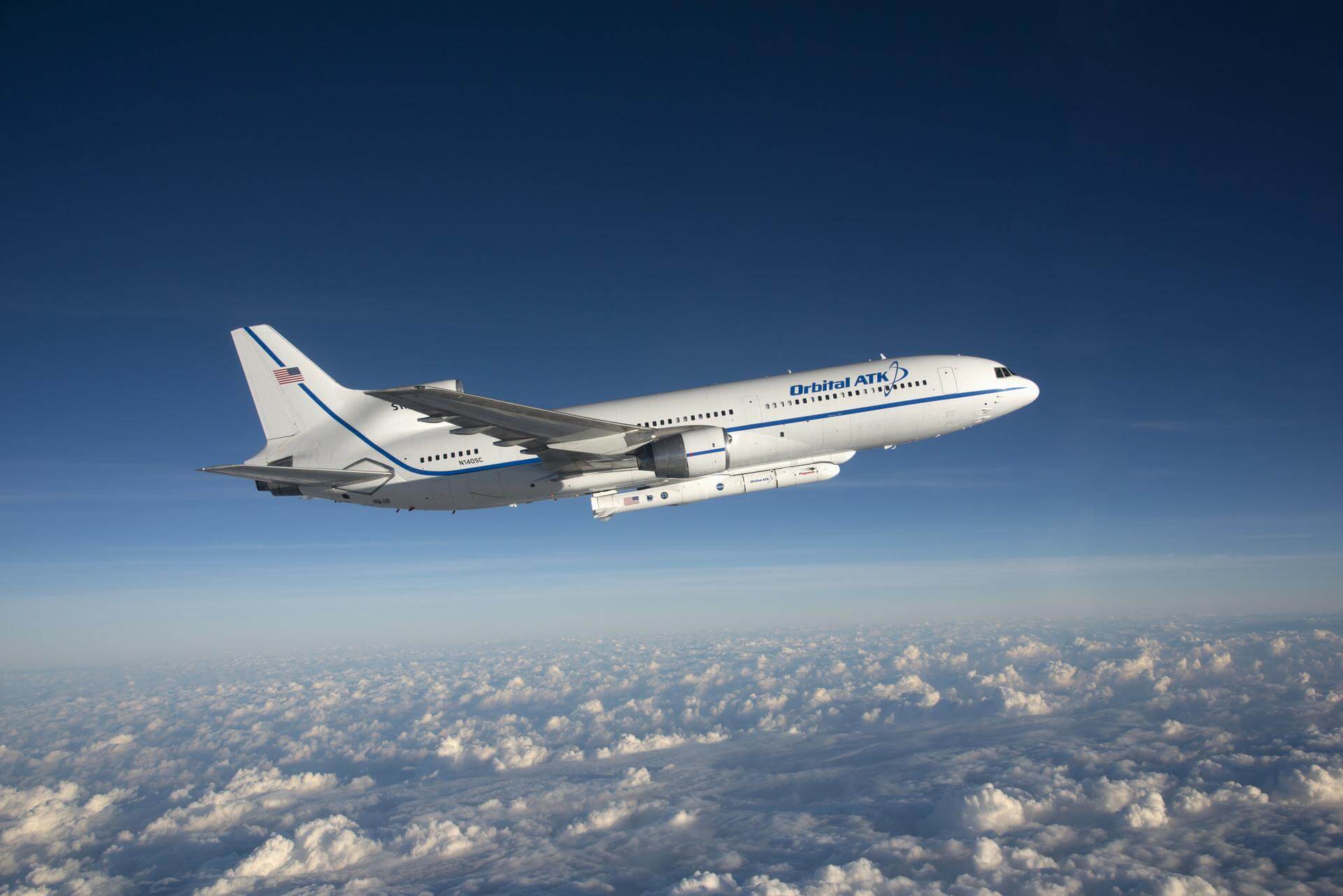Interface Region Imaging Spectrograph (IRIS)
Pegasus XL
Orbital Sciences Corporation
Mission
Interface Region Imaging Spectrograph (IRIS)
- Type: Heliophysics
- Orbit: Sun-Synchronous Orbit
- Launch Cost: $40,000,000
The Interface Region Imaging Spectrograph (IRIS) is a NASA Small Explorer Mission to observe how solar material moves, gathers energy, and heats up as it travels through a little-understood region in the sun’s lower atmosphere.
Location
Vandenberg Space Force Base
Air launch to orbit
Vandenberg Space Force Base has witnessed the launch of 22 rockets, including 22 orbital launch attempts, while Air launch to orbit, has been the site for 51 rocket launches.
Rocket
Orbital Sciences Corporation Pegasus XL
The Pegasus is an air-launched rocket developed by Orbital Sciences Corporation (now part of Northrop Grumman Innovation Systems). Capable of carrying small payloads of up to 443 kilograms (977 lb) into low Earth orbit, the vehicle consists of three solid propellant stages and an optional monopropellant fourth stage. Pegasus is released from its carrier aircraft at approximately 40,000 ft (12,000 m), and its first stage has a wing and a tail to provide lift and attitude control while in the atmosphere.

